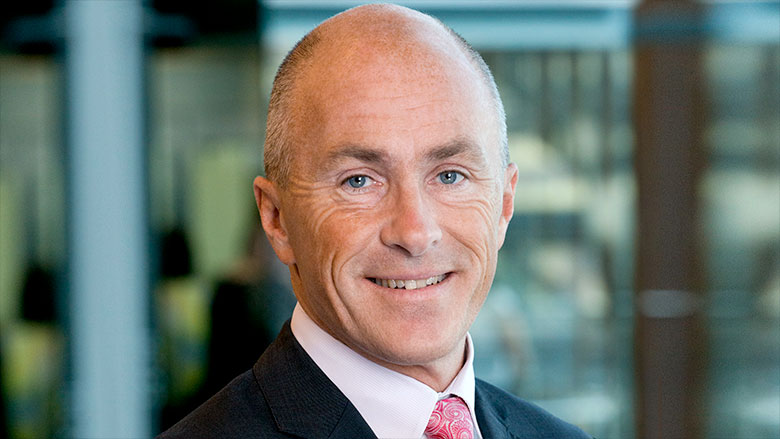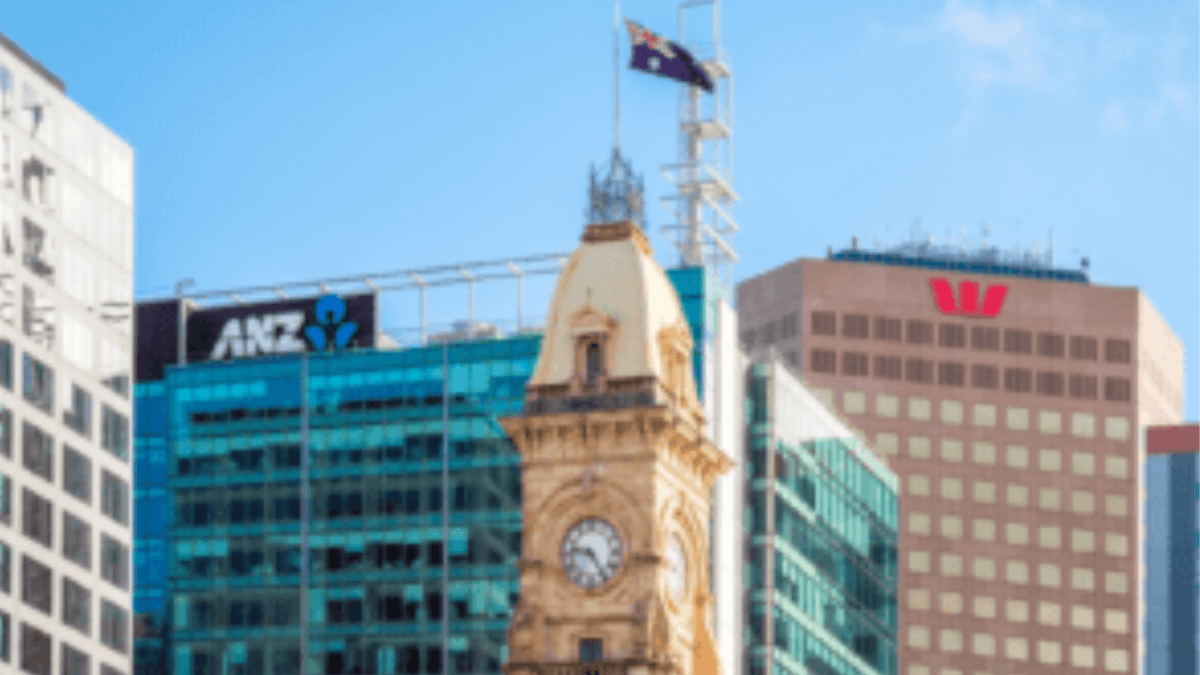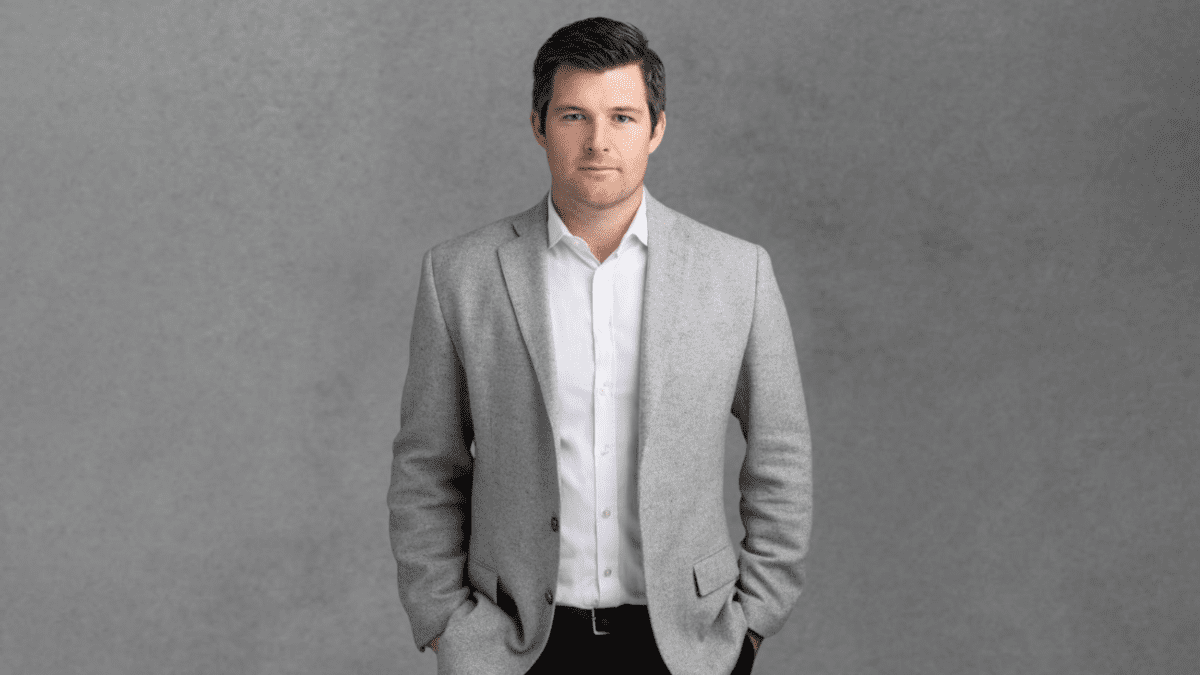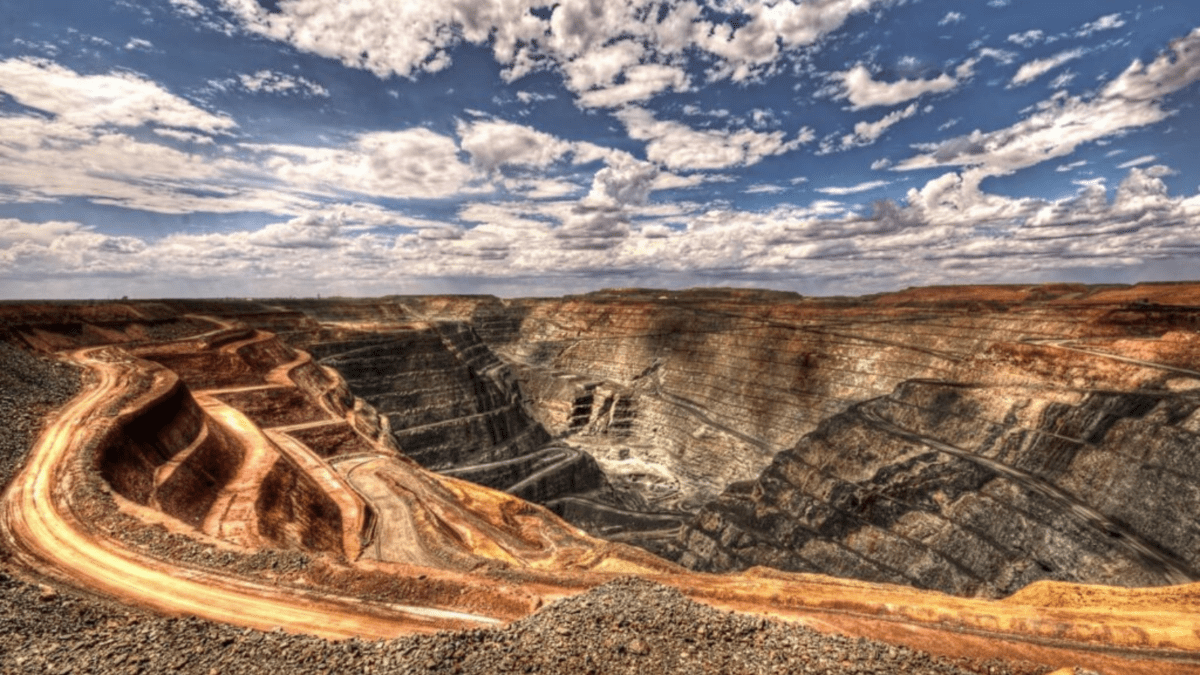Dividends down in 2023, but energy, bank shares still paying big
Australian companies are paying less in dividends than they did last year, with around $35 billion to be delivered to shareholders between February and June 2023, down 17 per cent from the $42 billion paid in the August 2022 reporting period, according to new research from CommSec.
Compared to the same time last year, when $36 billion in dividends were paid, that represents about a 3 per cent decline. The good news is that more companies are paying dividends compared with a year ago – but many have reduced payouts.
Despite the drop in the total amount to be paid in the first half of 2023, the dividend yield on the overall Australian share market remains attractive compared with yields on cash investments and bonds, according to CommSec chief economist Craig James.
“Overall, Aussie shares still offer attractive income versus bank deposits, bonds and overseas shares with grossed-up dividend yields of around 5.5 per cent,” James wrote in a recent report. “For the S&P/ASX 200 index, the 12-month forward dividend yield is currently a healthy 4.4 per cent, slightly below the recent historical average of 4.6 per cent since 2006.
“This compares favourably to dividend yields of 3.6 per cent and 1.8 per cent for European and US shares, respectively. And the gap between the ASX 200’s dividend yield and the 10-year Aussie government bond yield is around 100 basis points.”
BHP and Rio lead the drop in dividends
The big miners are leading the cut in dividends. For BHP investors, the upcoming payout of $6.9 billion is down 34 per cent on a year ago. In Australian dollar terms, Rio Tinto will trim payouts by 43 per cent. “Understandably, companies have to take current and prospective conditions into account when deciding on what dividends to pay,” James said.
“That is especially the case of the large iron ore producers in the latest round of earnings,” he added. “Profits fell sharply over the past year, reflecting lower realised iron ore prices. And the outlook suggests lower iron ore prices ahead.”
The big miners are also expanding their investment in the production of commodities needed for decarbonisation and electrification, such as copper and lithium, and are therefore investing more in production and returning less excess cash to shareholders, according to Morningstar analyst Jon Mills.
“Payout ratios are likely to be lower than recently as both companies spend more on growth rather than solely focussing on returning excess cash to shareholders,” Mills said. “This is a change since around 2015 when the industry has focussed on first deleveraging and returning excess cash to shareholders.”
To reflect this, he said, Morningstar has lowered its assumed near-term payout ratio for Rio from 70 per cent to 60 per cent.
He also noted that actual dividends paid are driven by earnings. Iron ore remains the main earnings driver for Rio and BHP, so high iron ore prices in recent years have been another major contributor to elevated dividend payments and yields.
“However, we assume iron ore prices will fall materially from current spot prices of about $US130 per tonne to our assumed midcycle price of around US$60 per tonne from 2026, which, if we are correct, will likely lead to lower earnings and dividends paid.”
In contrast, energy producers are lifting dividends to reflect record high gas prices. Woodside Energy will lift its final dividend by over 47 per cent. Whitehaven Coal will lift payouts by 300 per cent and Santos will increase payouts to shareholders by 89 per cent, according to Commsec.
Financial service companies are generally lifting dividends, including Commonwealth Bank of Australia, which is lifting first-half dividends by 20 per cent, Bendigo & Adelaide Bank by 9 per cent, Suncorp by 43 per cent and QBE by a whopping 58 per cent. The big supermarkets will also lift dividends modestly, with Woolworths’ dividends rising 18 per cent and Coles’ by 9 per cent, the CommSec report found.
The importance of dividends
Since the Global Financial Crisis, the importance of dividends has grown due to the larger role they now play in investors’ portfolios in helping to support returns as markets swing up and down.
“Regular income payments to investors can cushion portfolios from the bouts of volatility in sharemarkets, preserving capital,” James said. “And the extra cash put ‘back to work’ in the sharemarkets could help stabilise or even support the ASX during the current bout of volatility.
“Many of Australia’s biggest companies operate in mature industries like banks, retailing, health and real estate investment trusts rather than ‘growth’ industries such as technology. So while many companies continue to make money, growth options are more limited.”










